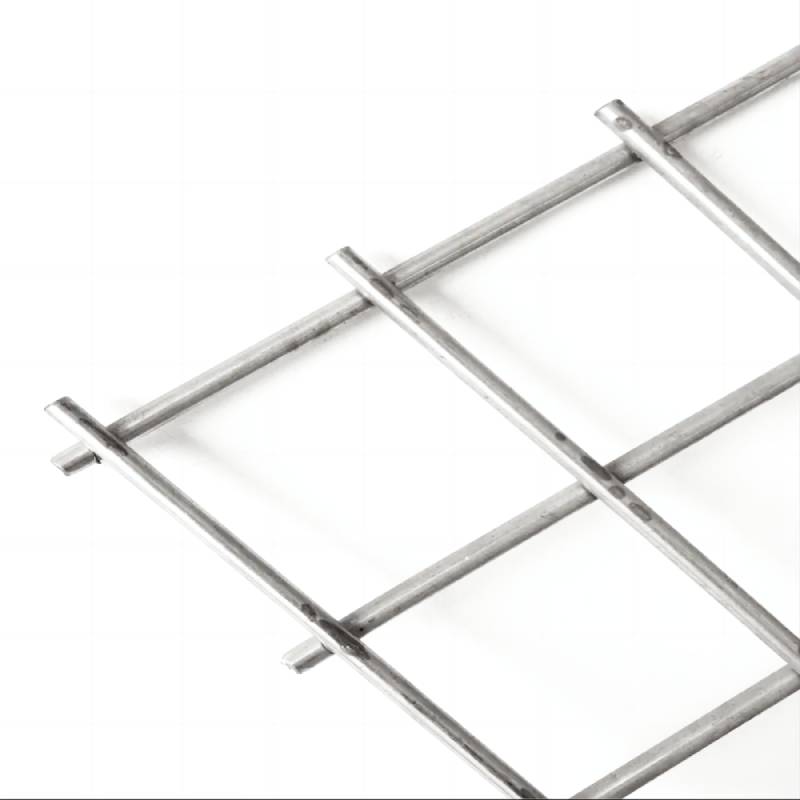Exploring Innovative Designs and Applications of 3D Fences for Modern Landscaping Solutions
The Fascinating World of 3D Fence Technology
In recent years, the construction and landscaping industries have witnessed a remarkable evolution, thanks to advances in technology. One of the most intriguing developments in this arena is the advent of 3D fence systems. These innovative structures combine aesthetics and functionality, offering solutions that meet diverse needs, from security to privacy and even artistic expression.
What Is 3D Fencing?
At its core, 3D fencing refers to three-dimensional fence panels that provide a unique design aesthetic compared to traditional flat fencing systems. Unlike conventional fences, 3D fences are characterized by their sculpted profiles, which create a visual effect that adds depth and interest to any landscape. This design not only appeals to the eye but also enhances the perceived height and security of the fence, making it an attractive choice for both residential and commercial properties.
Benefits of 3D Fencing
One of the primary advantages of 3D fencing is its enhanced durability. Most 3D fence panels are constructed from high-quality materials such as galvanized steel, aluminum, or composite materials, which resist rust and corrosion. This ensures that the fence maintains its structural integrity and appearance over time, even in harsh weather conditions.
Another significant benefit of 3D fencing is its security features. The unique design makes it more challenging to climb compared to traditional fencing options, effectively deterring trespassers. This makes 3D fences an excellent choice for properties that require higher security levels, such as commercial establishments, schools, and private residences.
Additionally, 3D fences offer versatility in terms of design and customization. With various styles, colors, and finishes available, property owners can choose a fence that complements their existing architecture and landscape design. This flexibility allows for creative expression in outdoor spaces, turning a simple fence into a statement piece.
3d fence

Applications of 3D Fencing
The applications for 3D fencing are vast and varied. In residential settings, homeowners can implement 3D fences to create private outdoor spaces that offer both beauty and security. Whether enclosing a backyard pool, garden, or patio, these fences add an element of sophistication while ensuring personal privacy.
On the commercial side, businesses can utilize 3D fencing to define their property boundaries, create secure loading areas, or enhance the appearance of storefronts. Retailers, in particular, are finding that 3D fences not only protect their investments but also contribute positively to the overall shopping experience by creating attractive environments.
Furthermore, municipalities and parks are increasingly using 3D fencing in public spaces. Whether in playgrounds, parks, or sports facilities, these fences can serve as safety barriers while enhancing the visual appeal of the area.
The Future of 3D Fencing
Looking ahead, the future of 3D fencing appears promising. With ongoing advancements in manufacturing technology, we can expect even more innovative designs and materials to emerge. For instance, the integration of smart technology could lead to fences equipped with security features such as motion sensors and cameras.
Moreover, as sustainability becomes a greater concern, there will likely be a push towards eco-friendly materials and manufacturing processes in the production of 3D fences. This trend aligns with broader goals of reducing environmental impact and promoting green building practices.
In conclusion, 3D fencing represents a significant leap forward in the fencing industry, offering a blend of security, durability, and visual appeal. Whether for residential, commercial, or public use, these innovative fences are changing the way we think about property boundaries. As technology continues to evolve, 3D fences will undoubtedly play an increasingly prominent role in shaping our outdoor environments.
-
Space-Saving Chain Fence Hacks Vertical Gardening with Cyclone MeshNewsJul.16,2025
-
Innovations in Iron Nail Wire Production for Modern ConstructionNewsJul.16,2025
-
Creative Uses of Wire Netting Fence in Modern Landscape DesignNewsJul.16,2025
-
Barbed Wire Fence Innovations in Anti-Climb TechnologyNewsJul.16,2025
-
Architectural Uses of Umbrella Nails for Aesthetic Roof DesignsNewsJul.16,2025
-
Architectural Uses of Razor Barbed Wire in Secure Urban DesignNewsJul.16,2025




